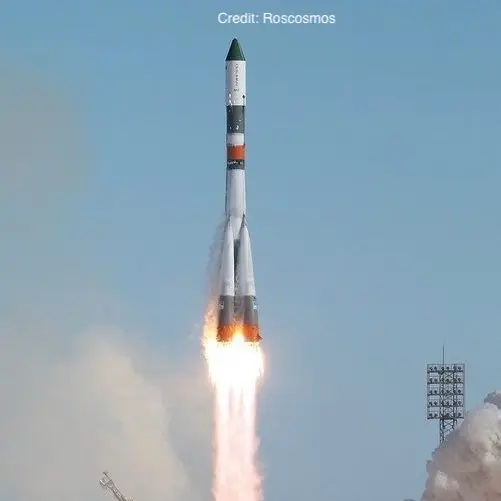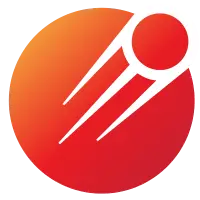Progress 19
Launch Success
Liftoff Time (GMT)
06:46:05
Tuesday February 21, 1984
Mission Details
Progress 19
Progress 19 (in Russian: "Прогресс") is a Soviet cargo vehicle which docked to Salyut 7. This is the 19th flight of a Progress. It was the first cargo to fly in space, and also the first to bring freight back to Earth, thanks to a Raduga capsule. It's a cargo ship developed to supply the Salyut 6 space station and which was subsequently used successively to supply the crews staying on board the Salyut 7, Mir and from the International Space Station. It made its first flight in 1978 and it was the first vessel of this type: it enabled the crews to stay in space by bringing consumables (food, water, fuel, oxygen) and spare parts. In 2018, it was used with other cargo vessels to supply the permanent crew of the International Space Station. The Progress spacecraft is largely derived from the Soyuz spacecraft intended for the transport of crews in low orbit. It is launched by a Soyuz rocket taking off from the Baikonur cosmodrome. It has a mass of around 7 tonnes for a length of 7.9 meters and its carrying capacity is around 2.5 tonnes. It can transport both pressurized freight and gases, propellants and liquids but is not designed to bring freight back to Earth. Like the Soyuz spacecraft, it is equipped with a Kours automatic docking system. Several variants of the Progress spacecraft have been developed over the decades with increasing capabilities.
Low Earth Orbit
1 Payload
7,020 kilograms
Rocket


Manufacturer
RKK EnergiyaPrice
$20.00 million
Rocket
Height: 51.32m
Payload to Orbit
LEO: 6,860 kg
GTO: 0 kg
Liftoff Thrust
4,456 Kilonewtons
Fairing
Diameter: 3m
Height: 15.59m
Stages
3
Strap-ons
4
Launch Site
Stats
Soyuz U
359th
Mission
6th
Mission of 1984
RKK Energiya
1782nd
Mission
12th
Mission of 1984
1984
18th
Orbital launch attempt